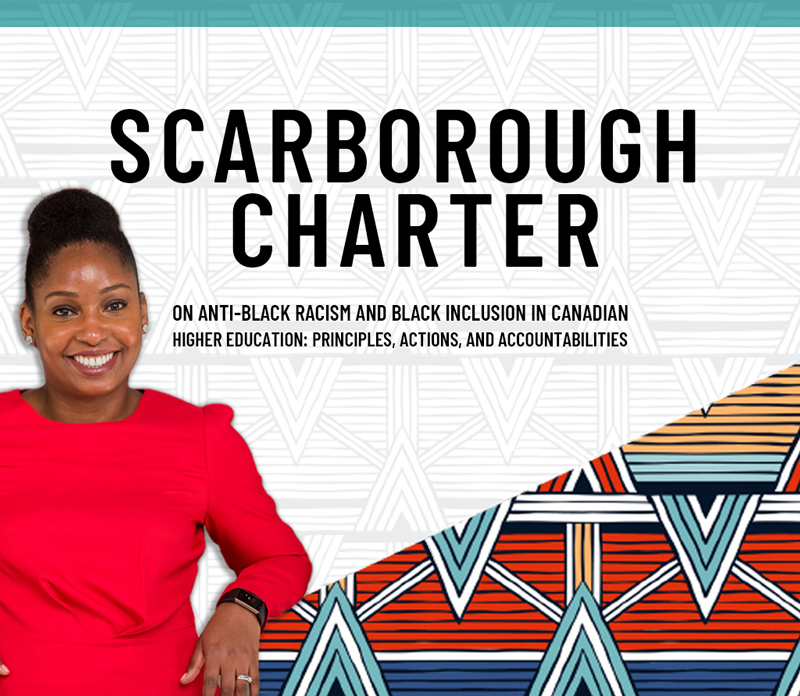
When I first started working at Queen’s in October 2018, I was excited for this new opportunity and new role. I had heard stories from other Black folks about how Queen’s was not welcoming to Black people and about the trauma that they had experienced during their time as a student here. But I was hopeful that times had changed and that things would be different. Surely much had changed over the years. But within my first two weeks at Queen’s, I attended my first Senate meeting in which I learned about the ban on Black medical students that had been on the books for 100 years. Though this ban had not been in practice at the Queen’s medical school for decades, it was shocking to me that not only had it ever existed in the first place, it still existed in 2018! I remember sitting there with my jaw dropped. Maybe all that I had heard about Queen’s was right? Maybe it was not a safe place for a Black person to be?
As a Black lawyer, I was used to being one of a couple (if not the only) Black people in my office setting. I was prepared for that, and for seeing few faces that looked like mine. I had had the experiences, like so many other BIPOC professionals, of being assumed to be the assistant, rather than the lawyer. But this experience at Queen’s was new and unexpected; it was not one that I could prepare for.
Despite that start to my time at Queen’s, I must say that my experiences here have been overwhelmingly positive, and I do feel like I have been welcomed at Queen’s. However, I am well aware that for many others in the Black community, this has not been their experience. As the University Ombudsperson, I have heard about people’s experiences of anti-Black racism. I have heard the stories of isolation and feeling like they don’t belong. And I have vowed that as much as possible, I will be a part of the solution.
I was an attendee at the virtual two-day National Dialogues and Action for Inclusive Higher Education and Communities in the fall of 2020; which was hosted by the University of Toronto’s Scarborough College; this led to the creation of the Scarborough Charter. When Queen’s became one of the first institutions to sign on to the Scarborough Charter, I was very encouraged by this step. And when I was asked to be a co-lead of the Scarborough Charter’s Teaching, Learning and Student Success Working Group at Queen’s, I immediately accepted.
The Scarborough Charter is meant for post-secondary institutions to provide concrete actions to address anti-Black racism. It is also meant to promote inclusion for Black staff, faculty, and students. And so with the Scarborough Charter, I feel hopeful. With the work that is being done by each working group, that includes Black voices, I feel hopeful. With the allyship from non-Black co-leads, working group members, and others, I feel hopeful, because the Black students, staff and faculty cannot do this work alone. For while the Scarborough Charter will not undo or erase the pain and harms that have been caused by a history of anti-Black racism, it is providing the mechanism and opportunities for the Black community to feel like we need not only strive at Queen’s, but we can thrive. Where we need not only be on the periphery of Queen’s as outsiders looking in, but where we can truly belong and feel like we do. And while there is still lots of work to be done through the Scarborough Charter and beyond, I remain hopeful for what the future could look like for Black students, staff and faculty at Queen’s.

Submitted by Justin Makasoff (not verified) on Mon, 01/30/2023 - 13:51
Thanks for this post Lavonne…
Thanks for this post Lavonne! I was also shocked about the Black medical students.